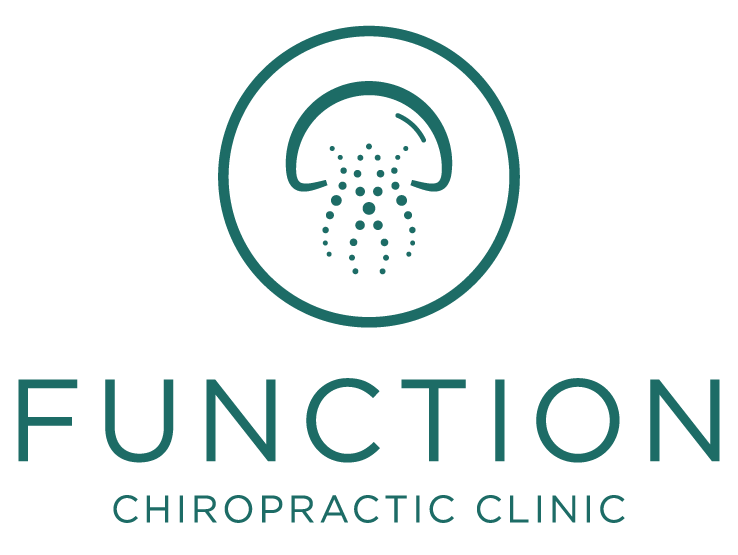Ice or heat for pain relief?
Why might this change for acute or chronic pain, back pain or sprains?
In short:
Heat for tissue repair.
Ice for pain relief.
What is the difference between ice and heat?
Ice reduces inflammation by reducing blood flow.
Heat increases inflammation by increasing blood flow.
You may have heard conflicting advice from different professionals and there is a very valid reason for that. It’s not about the heat or the ice, it’s about what it’s doing to the inflammation.
To decide which is best for conditions like back pain, nerve pain or muscle pain you need to know whether you want more blood flow or less blood flow. This can vary from person to person, and for different conditions so here’s a very brief outline to help you decide which is best for you.
Is inflammation bad or good?
Inflammation is how we heal so its not as simple as ‘bad’ or ‘good’. If there was never any inflammation there would never be any tissue healing or immune response. It is our defense mechanism that is vital for health and healing[1]. It does however go hand in hand with higher pain levels due to chemicals called prostaglandins that are involved in the process.
Acute (immediate) inflammation steps:
Threat or injury to body occurs.
Blood vessel dilation (get bigger) to bring more fluid and biochemical markers.
Injury site swells with fluid containing white blood cells (immune cells), special proteins, prostaglandins (pain chemicals).
Cells assess injury and any future threats like bacteria in the area.
Repair cells come and fix the tissue up and clear out any old tissue or threats.
Chronic inflammation occurs when the body is sending cells there even when there is no longer a threat and this makes it a little more complicated.
Ice reduces the above process, whereas heat encourages it.
How do you know which to use?
It comes down to the age old discussion of “how much inflammation is a good amount, and how much is a bad amount?" of which there is no measurable, definitive answer. There is no harm in trying the most commonly successful option, but if you feel better using the one you’re ‘not supposed to’ then listen to your body as science hasn’t completely figured this one out yet.
There has been a U-turn in ice for an acute injury or sprain as the RICE (rest, ice, compression, elevation) protocol used to be standard procedure however recent evidence has showed this leads to a longer healing time. Instead, there is a 2-phase protocol: PEACE and LOVE. For the first 3 days we recommend PEACE (Protect, elevate, avoid anti-inflamms, compress, educate) and after that we recommend LOVE (load, optimism, vascularisation, exercise)
How long to heat/ice for:
Regardless of whether you are using heat or ice for back pain, knee or nerve pain please adhere to the following guidelines:
Ice: Maximum of 20 minute per cycle and minimum of 40 minutes off between each cycle. 1-5x a day
Heat: 20-30 minutes per cycle and a minimum of 40 minutes off between each cycle. 1-5x per day.
Generally:
Muscle or ligament: Heat
Nerve pain, pins and needles or tingling: Ice
Joint pain: Variable
Headaches: Ice
Tissue repair: Heat
Reducing pain: Ice
If you’re still not sure, here are some scenarios and common response:
You are an athlete that has had an ankle sprain and need to get back on pitch ASAP- heat
You are a normal person that had an ankle sprain and you just want some sleep because the ankle hurts and you dont mind if it takes an extra few days to heal - ice
You pulled your back earlier today, theres no leg pain or sciatica and just aches in the muscles next to the spine - heat
You pulled your back earlier today and there is pain over the spine - ice
You have long term sciatica or nerve pain - ice
You have a new disc injury - ice
Your joints are aching in the cold weather - heat
Your joints are aching in the hot weather - ice
Research:
Gerard A. Malanga, Ning Yan & Jill Stark (2015) Mechanisms and efficacy of heat and cold therapies for musculoskeletal injury, Postgraduate Medicine, 127:1, 57-65, DOI: 10.1080/00325481.2015.992719
Tidball JG. Mechanisms of muscle injury, repair, and regeneration. Comprehensive Physiology. 2011 Oct;1(4):2029-2062. DOI: 10.1002/cphy.c100092. PMID: 23733696.
Cheng H, Huang H, Guo Z, Chang Y, Li Z. Role of prostaglandin E2 in tissue repair and regeneration. Theranostics. 2021 Aug 13;11(18):8836-8854. doi: 10.7150/thno.63396. PMID: 34522214; PMCID: PMC8419039.
Glen A. Halvorson (1990) Therapeutic Heat and Cold for Athletic Injuries, The Physician and Sportsmedicine, 18:5, 87-94, DOI: 10.1080/00913847.1990.11710045
Dubois B, Esculier J. Soft-tissue injuries simply need PEACE and LOVE. British Journal of Sports Medicine 2020;54:72-73.
Nathan C, Ding A. Nonresolving inflammation. Cell. 2010;140:871–882.
Remember:
Do not exceed the recommended time limits.
Too little or too much blood flow can cause damage or burns to the skin.
Get more tips.
Anim eu adipisicing labore adipisicing officia adipisicing sit cupidatat ut laborum. Aliqua qui fugiat fugiat consectetur.



